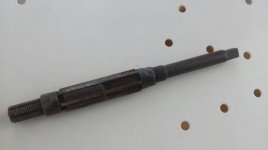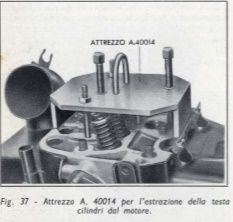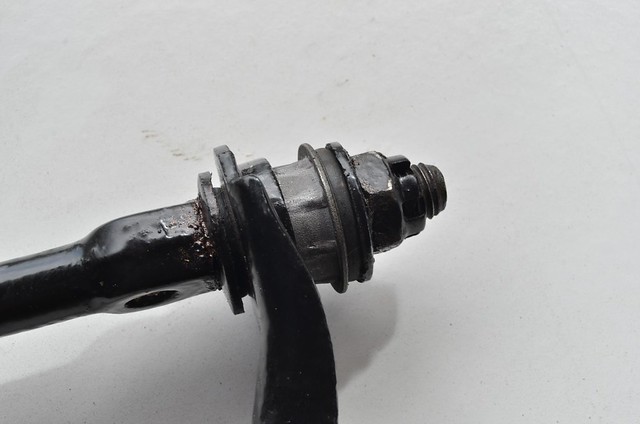I am envious of your lathe and ability with it. I used to have access to a big hydraulic press and they are really useful.
The nearest I can get to your bush removal tool is to weld some thin-walled, steel tube to an old kingpin.
That might work Peter, As for everyday greasing i have some high quality grease specially made for fire bomber airplane landing gear systems that are dealing with salt water.
The big lathe and the press is at work, funny thing is that we most using it to fabricate similar drifts and tools to use with the ‘’screw and washer’’ method to remove and to install flanged bushings, sleeves and bearings from aircraft control surfaces that are worn or corroded. These are pretty much same assemblies with what fiat has ofcourse.
Interesting note is that before installation we cooling with liquid nitrogen the new bushings due to close tolerances we need to achieve.
Anyway while the machinist was fabricating such a tool for one application that came up I told him, listen I need you to fabricate a tool to remove a couple of sleeves! He asked me '' for which aircraft?” I told him this is not for an aircraft it’s a serious job!! Then a 2CV owner, also machinist came and saw the king pins and told me, hey I know what this is, I have it on my 2CV and I have changed them years ago! To make a long story short they drop their work and build my drift first!
Last edited:





